What makes a port city iconic?
Bill Dennison ·What makes a port city iconic? Geography, history, sense of place, water everywhere, economic engines, melting pots and vistas.
My first visit to Rio de Janeiro convinced me to include this harbor city in my short list of iconic global ports. My previous personal list for amazing harbor cities was the following: New York City in the United States of America (USA), San Francisco in the USA, Sydney in Australia, and Cape Town in South Africa. My visit to Rio also led me to reflect on what it was about these cities that makes me consider them as the most interesting and attractive. These amazing harbor cities share the following features: 1) Geography, 2) History, 3) Sense of place, 4) Water everywhere, 5) Economic engines, 6) Melting pot and 7) Vistas.
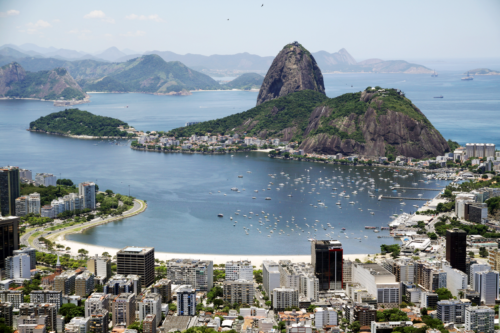
1) Geography. The globally iconic harbor cities all share a strong geographical context. Each harbor and adjoining city is located on a naturally protected harbor. Furthermore, the position of the harbors on their respective continents and in relation to the adjoining ocean is significant. New York harbor is situated at the apex of the Mid-Atlantic Bight near to middle of the North American east coast. San Francisco is situated near the middle of the North American west coast. Sydney is situated on the Tasman Sea on the east coast of Australia. Cape Town is located near the southern tip of Africa, where the South Atlantic and Indian Oceans meet. Rio de Janeiro is located near the middle of the east coast of South America. The naturally protected harbors have served historically as safe ports that were relatively easy to locate using latitudinal navigation (longitude navigation was more difficult).

2) History. Iconic harbor cities are typically among the oldest cities on their respective continents. European colonization began early in the colonial histories of each iconic city. New York Harbor was 1524 when the Italian Verrazzano sailed into the harbor, followed by Henry Hudson in 1609. The earliest Europeans to reach the site of San Francisco were a Spanish exploratory party in 1769, led overland from Mexico by Don Gaspar de Portolà and Fra. Juan Crespi. Captain James Cook missed Sydney Harbor in his 1770 visit, but he did find and name Botany Bay just to the south. Instead, the ‘First Fleet’ arrived in Sydney Harbor in 1788. Capetown was sighted by Bartholomeu Dias arriving in 1488 after journeying south along the west coast of Africa. The next recorded European sighting of the Cape was by Vasco da Gama in 1497 while he was searching for a route that would lead directly from Europe to Asia. Gapar del Lemos discovered Rio de Janeiro when he sailed from Portugal for Brazil in May 1501 and entered the huge bay in January 1502. Mistaking the bay for a river, Lemos named it Rio de Janeiro.
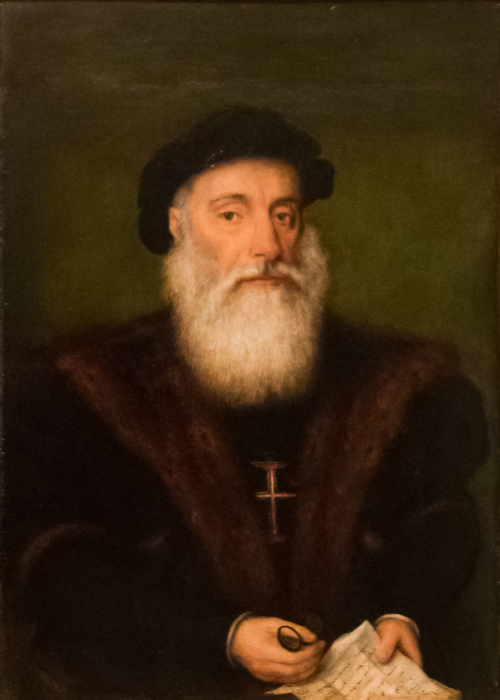
3) Sense of place. Citizens of these harbor cities have a strong sense of place. They use the harbor and other points of reference to locate themselves geographically. But more importantly, they identify their home and values in relation to the city and harbor. It is significant to residents when they refer to themselves or are referred to as a New Yorker, a San Franciscan, a Sydney-sider, a Cape Towner or a Cariocas (Rio de Janeiro resident), as well as an Australian or Brazilian.
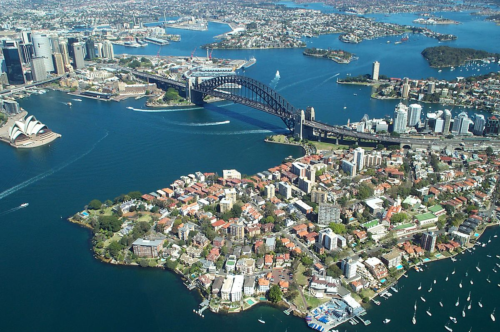
4) Water everywhere. The iconic harbor cities are situated along the waterways and there is usually water visible from a variety of vantage points. When walking around one of these iconic harbor cities, I catch glimpses of the respective harbors, which always surprises and pleases me. There are a myriad of different vantage points in which the harbor waters are visible from land.
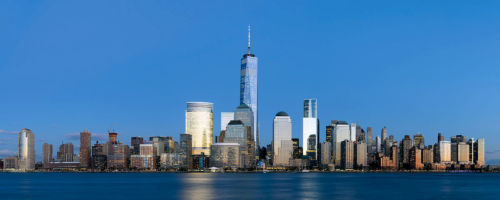
5) Economic engines. Iconic harbor cities are strong economic engines for their respective countries. The amount of trade, particularly international trade, that flows through each city is nationally and even globally significant. Iconic harbor cities benefit from the flow of goods through their harbors. In addition, the industrious activities of recent immigrants fuels economic growth in harbor cities. The exchange of ideas that occurs associated with international commerce also provides
6) Melting pot. When walking around the iconic harbor cities, one cannot help but be struck by the ethnic diversity present. People can be seen speaking foreign languages and wearing various clothing types. The locations and histories of these harbors and cities make them entry and exit points for immigration. In Rio, this diversity reflects the European, African and Native American origins of Cariocas.

7) Vistas. Iconic harbor cities have amazing vistas created by both natural features and man-made infrastructure. New York can be viewed from the high bluffs of the New Jersey Palisades and contains a myriad of high buildings such as the Empire State Building, large bridges like the Brooklyn, Verrazano and George Washington Bridges, and islands like Liberty, Ellis and Governors Islands. San Francisco can be viewed from one of the many hills: Nob Hill and Telegraph Hill are two of them. It can also be seen from across the San Francisco Bay and Golden Gate Bridge. Other iconic landmarks are the Transamerica Pyramid, the Golden Gate Bridge, and the San Francisco-Oakland Bay Bridge. Sydney can be viewed from North Heads or South Heads and contains the iconic Sydney Harbor Bridge and Sydney Opera House. Cape Town can be viewed from Table Mountain and Cape Town Stadium, which was built for the 2012 FIFA World Cup. Rio de Janeiro can be viewed from atop Sugarloaf Mountain with its unique cable cars or from Corcovado with the Christ statue. The recently completed Museum of Tomorrow will undoubtedly will be instantly recognizable as a symbol of Rio as well.
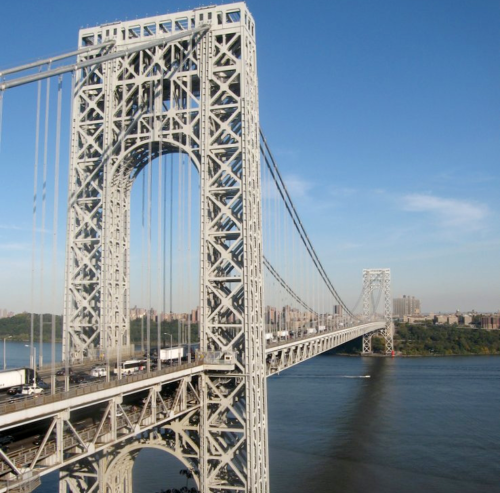
About the author
Bill Dennison

Dr. Bill Dennison is a Professor of Marine Science and Vice President for Science Application at the University of Maryland Center for Environmental Science.

